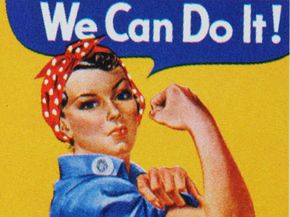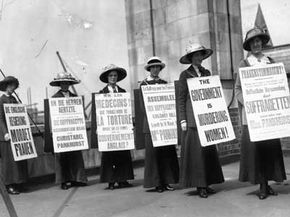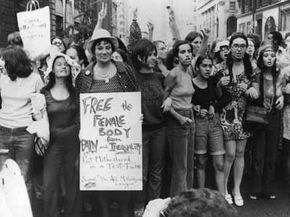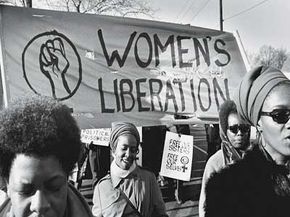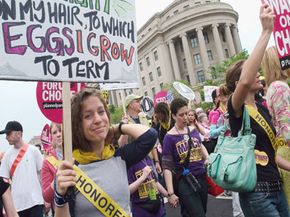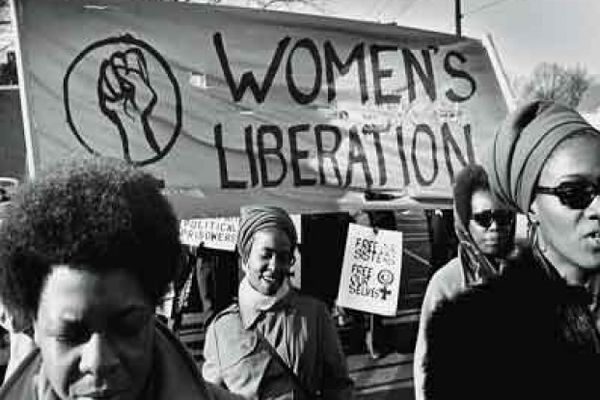Ms. magazine hit stands for the first time in 1972 with the headline, "Wonder Woman For President," stretched above an image of the comic book heroine. Thirty-seven years later, a cover depicting Barack Obama in a Superman-like pose and wearing a T-shirt that proclaimed, "This is What a Feminist Looks Like," struck a chord among Ms. readers. Some applauded the clever twist, hailing Obama's progressive political platforms. Others derided the magazine for defining a feminist as a man.
That reaction among the magazine's feminist readers demonstrated the inherent challenge of defining what feminism is precisely. Depending on the context, you can spin the term as a philosophy, social movement, history, badge of honor or an insult. While feminists have made radical strides toward gender equality and flung open many new doors for women, the movement and philosophy behind it have become culturally and politically polarizing. For instance, when conservative Alaska governor Sarah Palin told Katie Couric that she considers herself a feminist, shock waves rippled throughout the feminist community. As an outright opponent of abortion and sex education in schools, how could Gov. Palin possibly fit the feminist mold, some asked. But politics aside, a working mother of five running for vice president hardly seems antifeminist.
Advertisement
At its core, feminism is the belief in equality. It seeks to eliminate the social, cultural and legal barriers between men and women. Its goal is to create a truly egalitarian society. Beyond that, the waters grow murkier. Feminist factions disagree sometimes on what constitutes equality -- whether it's sexual freedom, career advancement or something else. Some people who label themselves feminists perceive that battle for equality as over and done with; others still view society as rife with patriarchal restrictions. Recently, a debate has stirred over whether feminism has become outdated as term and should even be used at all.
So is feminism today a potent force for change? Or is it the "f-word," spit out like a bitter seed? By examining its unifying philosophies and causes, as well as the schisms within the movement, we can properly evaluate and answer those questions.
Advertisement
